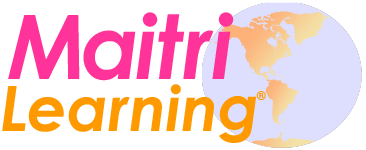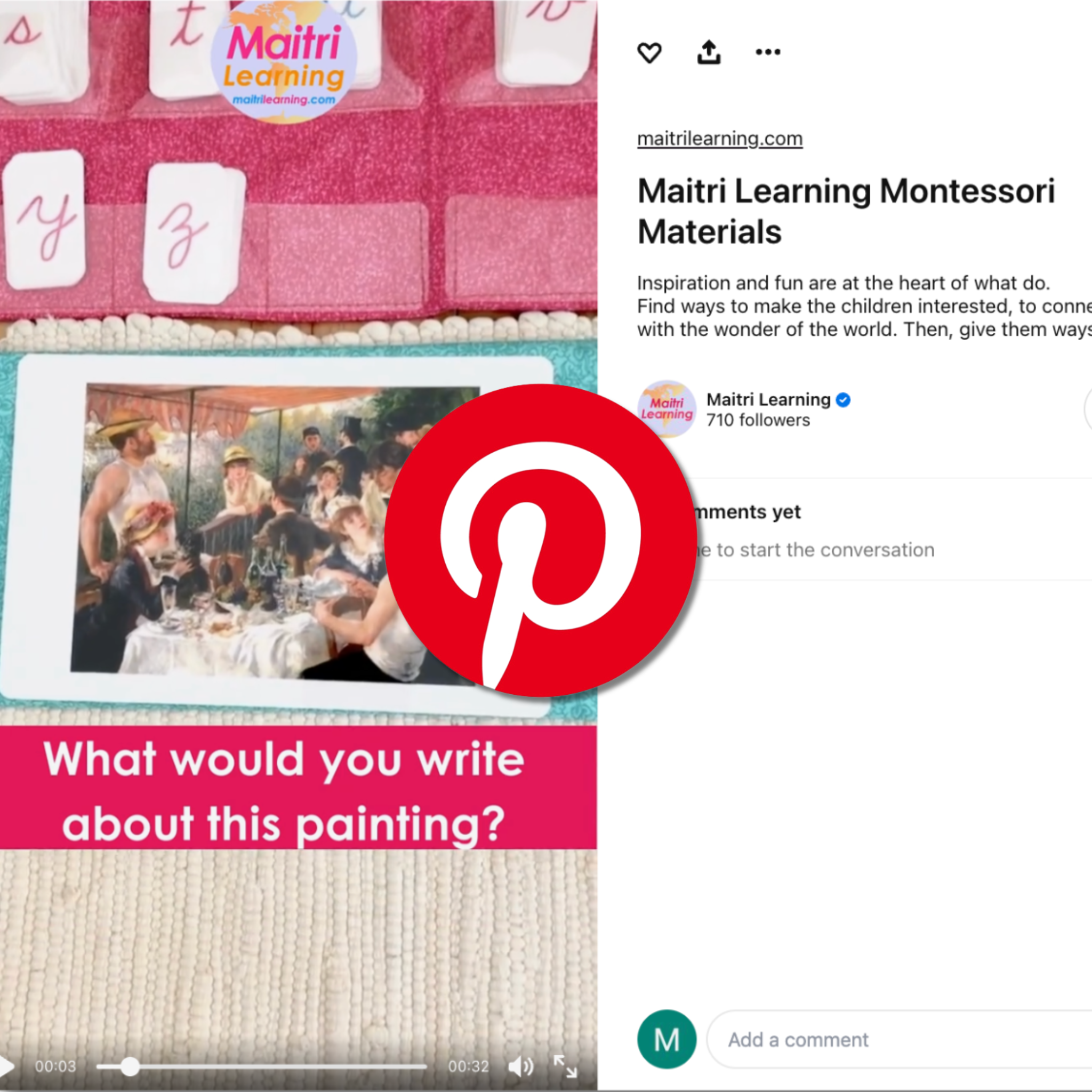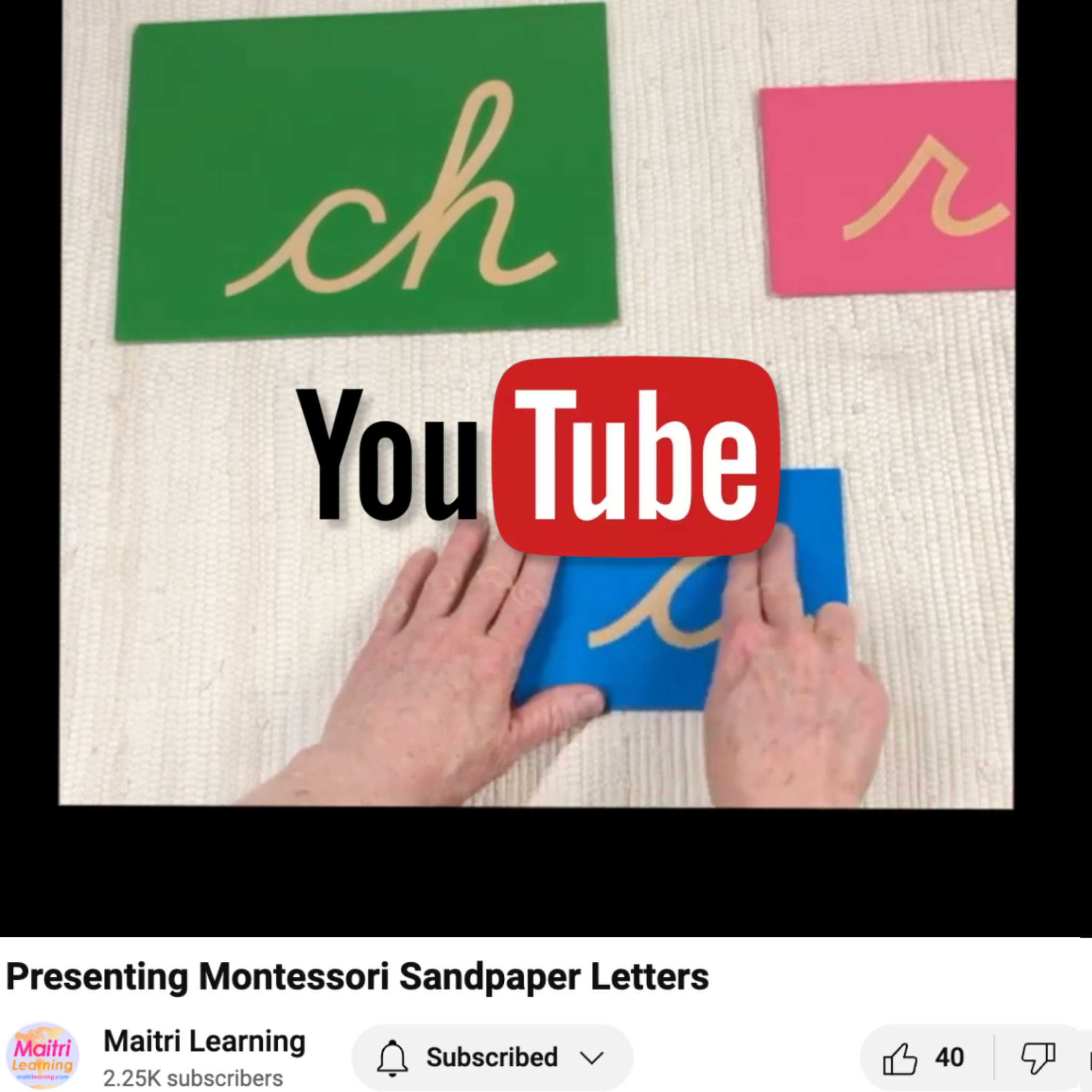Which phonograms are the right phonograms?
Question
I purchased the Nienhuis montessori cursive sandpaper letters. The set includes 17 letters. It does not include the "ng" sound but does include : "er" "wh" and "au". Which one's do I need?
Also, do you ever offer multiple sounds, like the way "g" can be both "guh and juh" or do you just stick to one sound? I've wondered this, particularly with many of the vowels. I should also teach "y" as making the sound "ee" because we also have "oy" that makes the alternate sound, right?
Answer
I see you have encountered some of the many inconsistencies in American vs. British English. Even within the US, Britain, and other English speaking regions, there are differences of opinions among literacy scholars on what the key sounds/phonograms actually are. Try not to get hung up on it. All of us English speakers have developed some flexibility when it comes to interpreting the "rules" of our language,... because there is so much variability!
We did a great deal of research in deciding on the key sounds (phonograms/digraphs) we offer with our Sandpaper Letters, Phonogram Alphabet, Phonogram Reading Cards, and Phonogram Lists. Remember that the point of teaching these with the sandpaper letters and the movable alphabet is to empower children to be able to write any word in English. That means between the phonograms/digraphs and the single alphabet letters, we are trying to define all of the key sounds we need to create English words. Does that make sense?
We do offer an SVG (for cricut) or secure PDF file that you can use to print out the ng phonogram but I'm not sure that you need it. Since your son has the grounding of the other sandpaper letters and digraphs (which you told me in a separate email), he will likely be able to internalize the ng (create an orthographic map for it) without the letter. But, you know him best so follow what you believe he needs.
As for your question on spelling variations, the Dwyer Phonogram Spelling Folders are the material specifically developed to help children learn some of the many ways we spell the same sound in English. Have you read the Dwyer booklet and our Language Teacher Education Album? Those might be useful resources for you.
Just keep in mind that the key sounds aren't worried about spelling variations. Actually, we're not worried about spelling at all until the child starts to notice it themselves. Usually this happens effortlessly as they become more fluid readers. For now, we want to build confidence in their ability to understand the phonetic half of the English code; the part that follows predictable rules. Once they are solid with that, they will be ready to move on to the other half of how we spell things in English (the half that makes no sense unless you are a historian).
I hope this helps!








Leave a comment
This site is protected by hCaptcha and the hCaptcha Privacy Policy and Terms of Service apply.